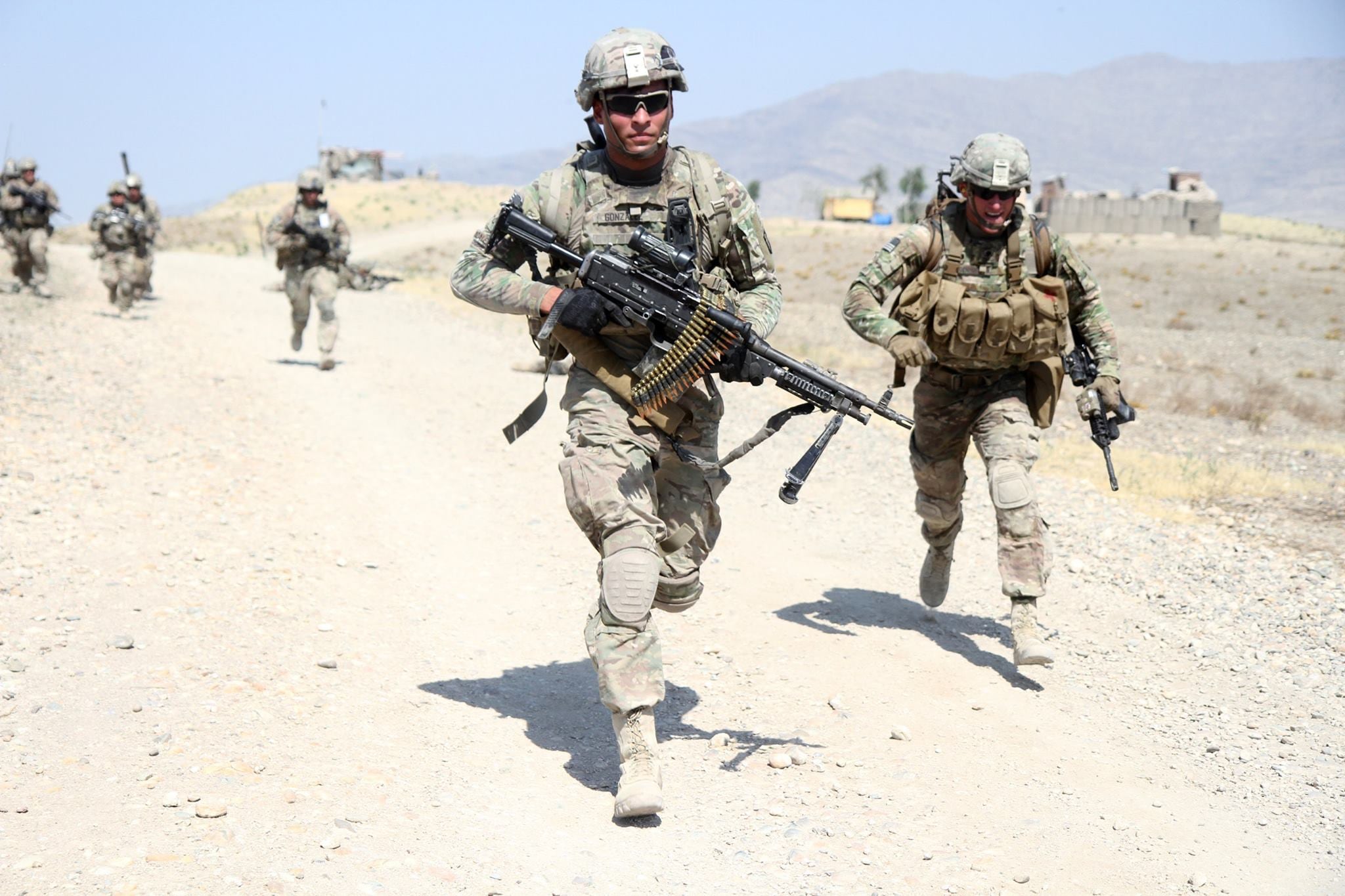While the Army is putting a lot of its weight behind its M4 carbine and Squad Automatic Weapon replacements in a new caliber, those weapons are headed to the close-combat 100,000 troops such as infantry, special operations and engineers first.
That means, as a recent Pentagon posting shows, the old M4 will remain the weapon of issue, if not by choice, for the bulk of soldiers.
Earlier this month, the Army Contracting Command posted a pre-solicitation notice asking industry to provide 167,195 M4 carbines between fiscal year 2020 and 2024.
They’ll look to offer two contracts, meaning two different companies might build the carbine to the Army’s specifications.
RELATED

That is far from new. Last year, the Defense Department awarded a $177 million contract, split between FN America and Colt to build M4s for the Army. Quantities were not listed, but at a price point of about $600 each, thefirearmblog.com estimated that could be as many as 300,000 M4s.
And the M4 is not limited to U.S. troops. Also last year, Colt, FN, Remington and Daniel Defense won contracts to build 10,000 of the carbines for foreign military sales.
All of this building and sales to outfit the force comes at the same time the Army is pouring untold resources into building the Next Generation Squad Weapons program, which includes both a rifle replacement for the M4 and a light machine gun replacement for the SAW.
Both are currently chambered in 5.56 mm. That round has been found lacking for extended ranges and improved body armor and barrier penetration that planners anticipate is likely in future near-peer conflicts.
To that end, the developers settled on the 6.8 mm round for both weapons. The round falls between the 5.56 mm and 7.62 mm, used in medium machine guns. But research shows that the 6.8 mm has greater accuracy and lethality at the same ranges as 7.62 mm.
Last year the program launched the SAW replacement competition and that is still scheduled for prototypes to fire this summer. But subsequently, the Army launched a parallel rifle, SAW replacement “prototype opportunity notice.” That PON will give companies until the end of the summer before officials select three vendors to continue in the competition.
The timeline is tight, by weapons development standards, as the Army expects the companies to have a mature weapon, possibly ready for fielding, in just over two years, or late 2021, Lt. Col. Jason Bohannon, head of PEO Soldier, Crew Served Weapons, told Military Times in January.
Though the weapon will fire a completely new round not part of the standard ammunition inventory, that is not the major change.
Researchers are simultaneously working on advanced optics, targeting software and augmented reality to build a fire control that vastly increases target acquisition, discernment and hit probability over what is currently available.
The first submission must include a fire control system that includes a laser range finder, ballistic computer and disturbed reticle. That’s the first wave.
And that first round must be compatible with the Army’s newest piece of optics tech, the Enhanced Night Vision Goggle-Binocular and Family of Weapons Sights-Individual.
Those together will give the soldier advanced night vision, the Rapid Target Acquisition and thermal vision advantage.
Once production begins, companies will be expected to build at least 200 weapons per month, according to the notice. Six months after the award, they need to pump out 2,000 weapons a month within three years for a potential total order of 250,000 weapons systems, both the Next Generation Squad Weapon-Rifle and Next Generation Squad Automatic Rifle, over a 10-year period.
But it appears the M4 will continue to be flowing out of factories to arm the rest of the force.
Todd South has written about crime, courts, government and the military for multiple publications since 2004 and was named a 2014 Pulitzer finalist for a co-written project on witness intimidation. Todd is a Marine veteran of the Iraq War.




